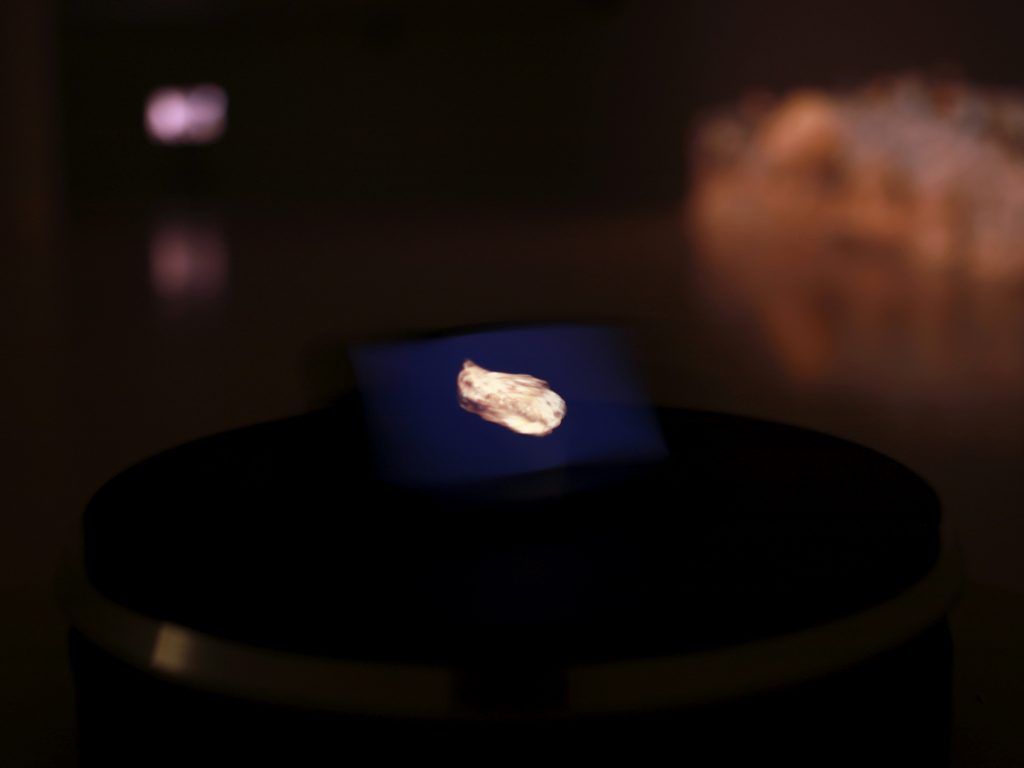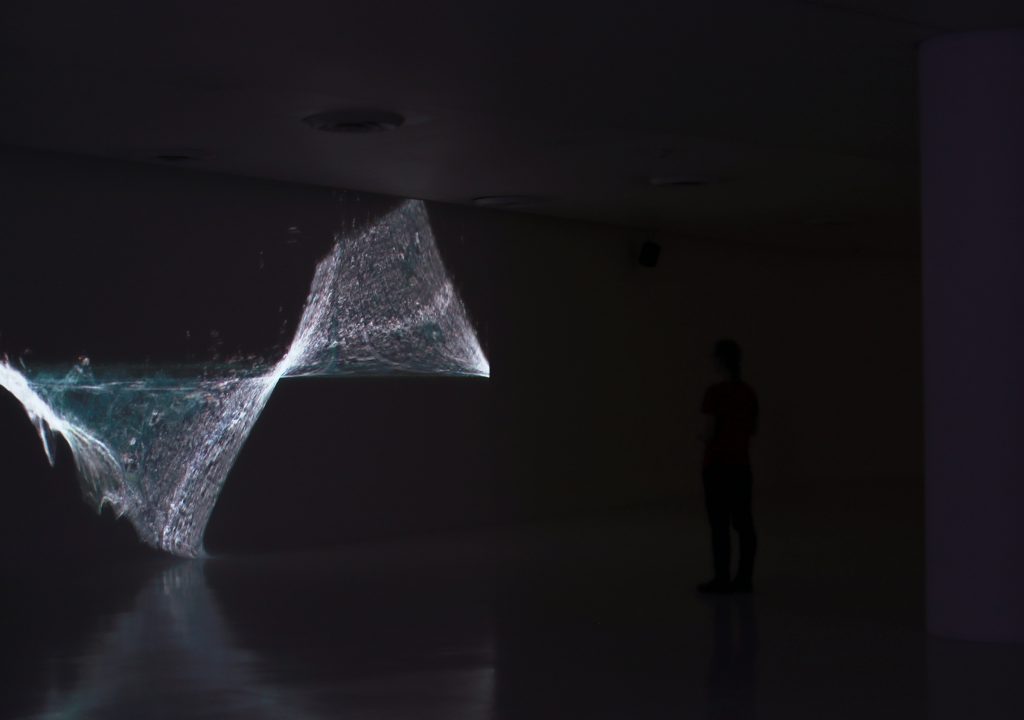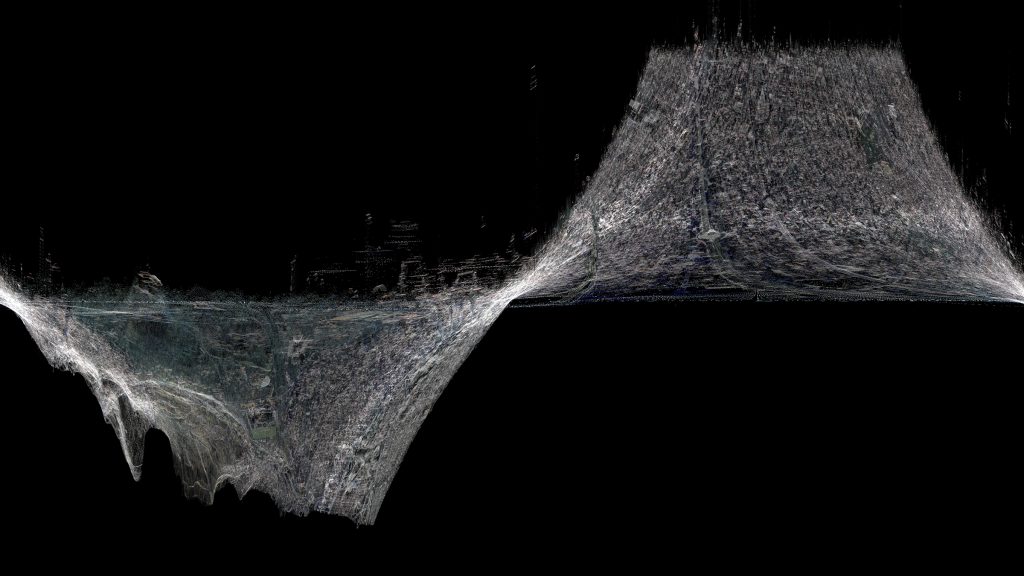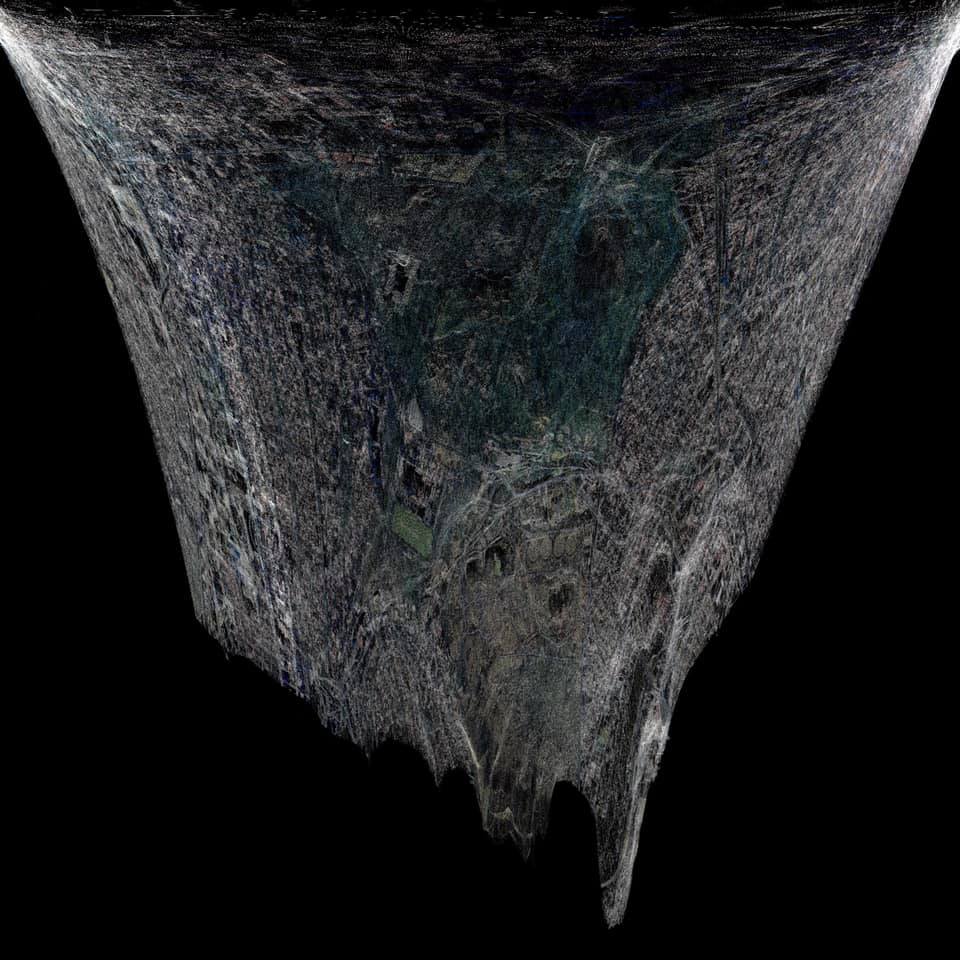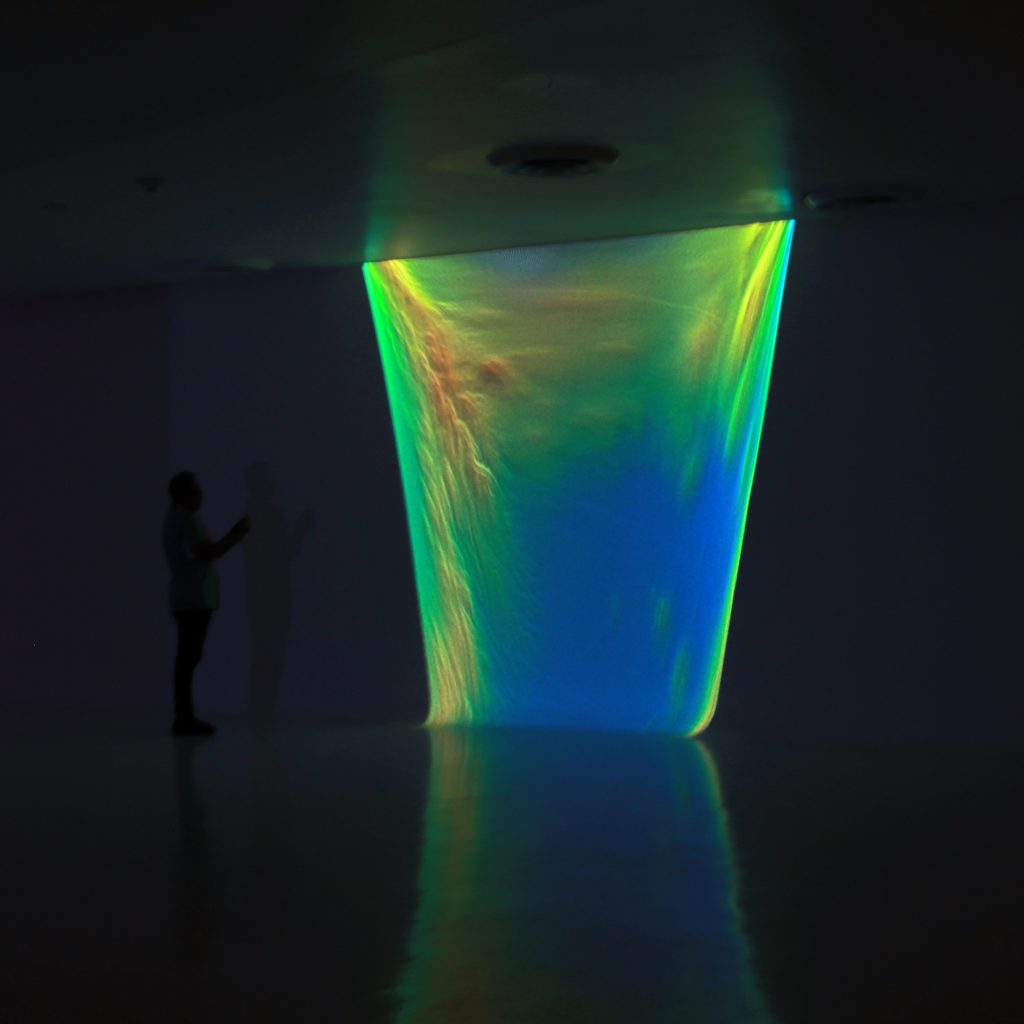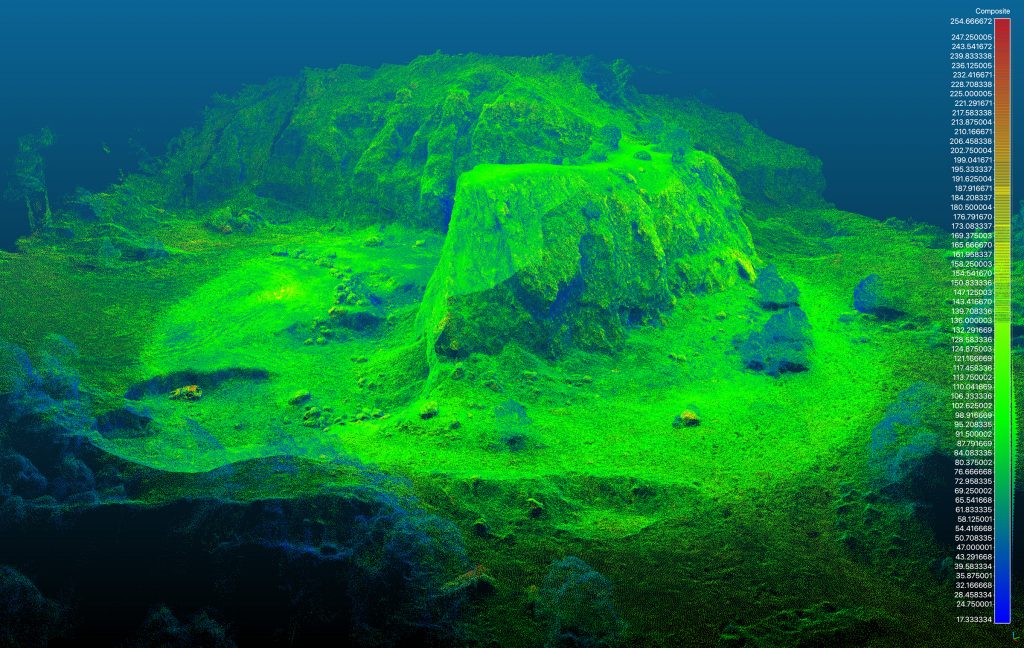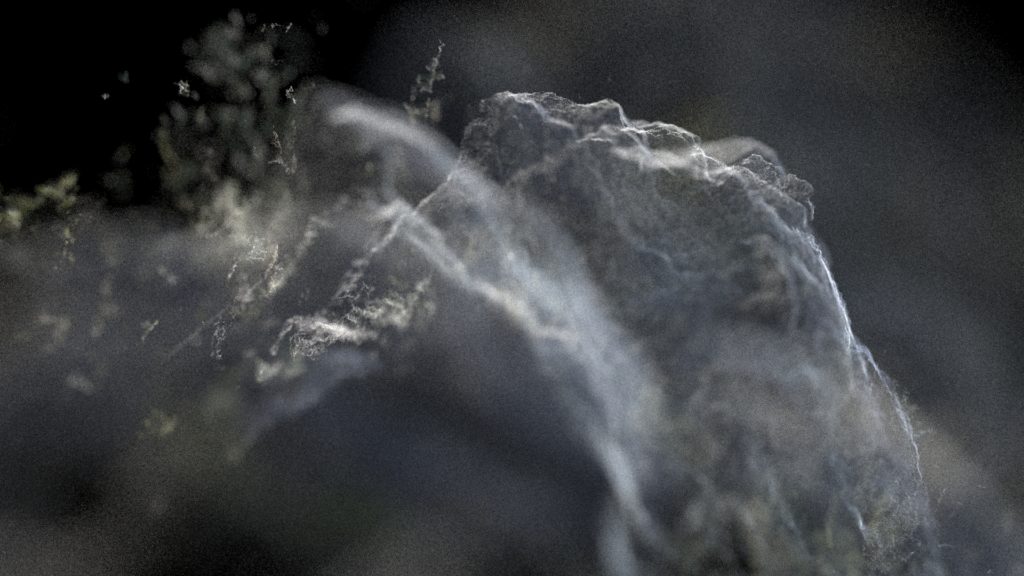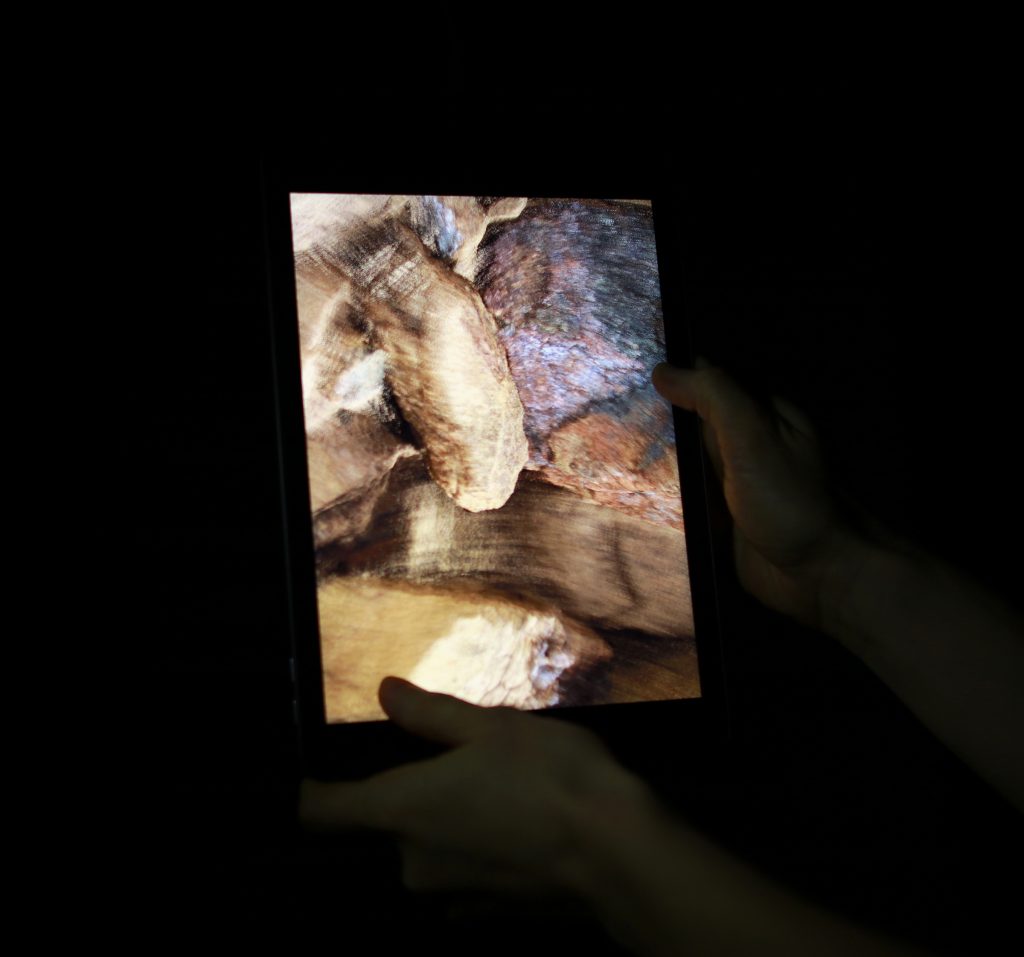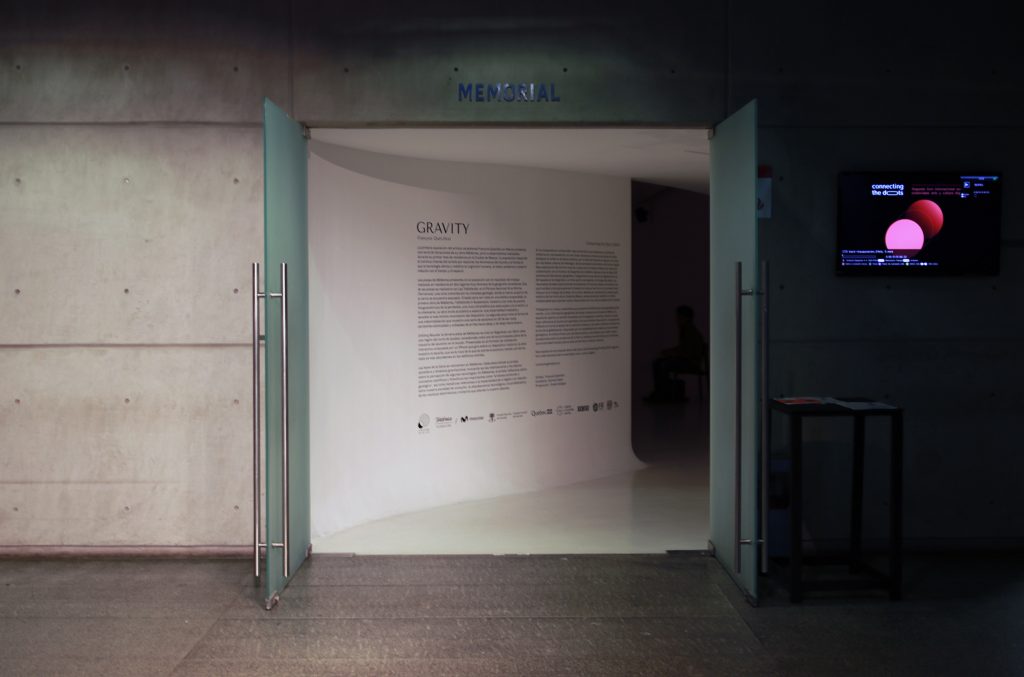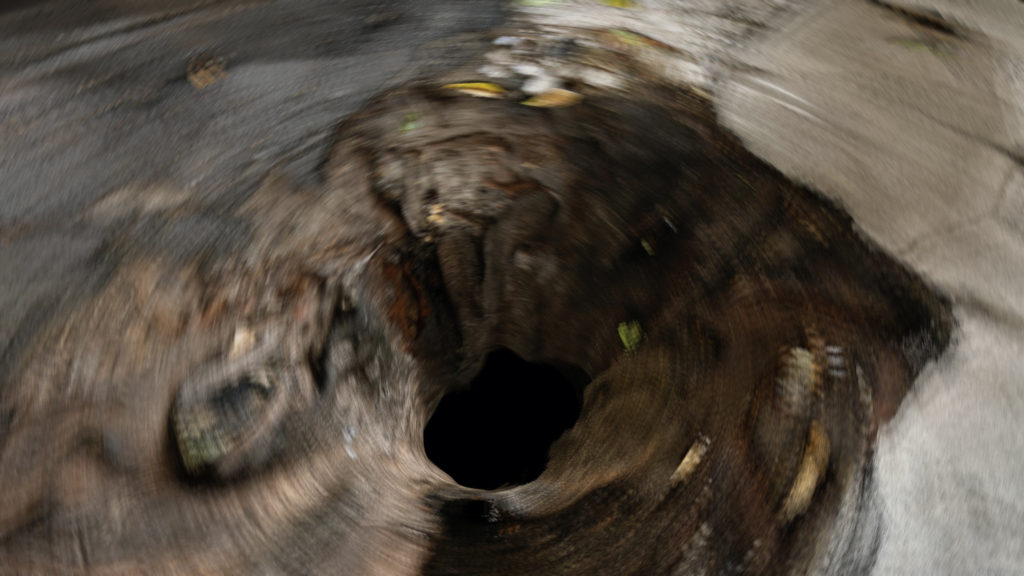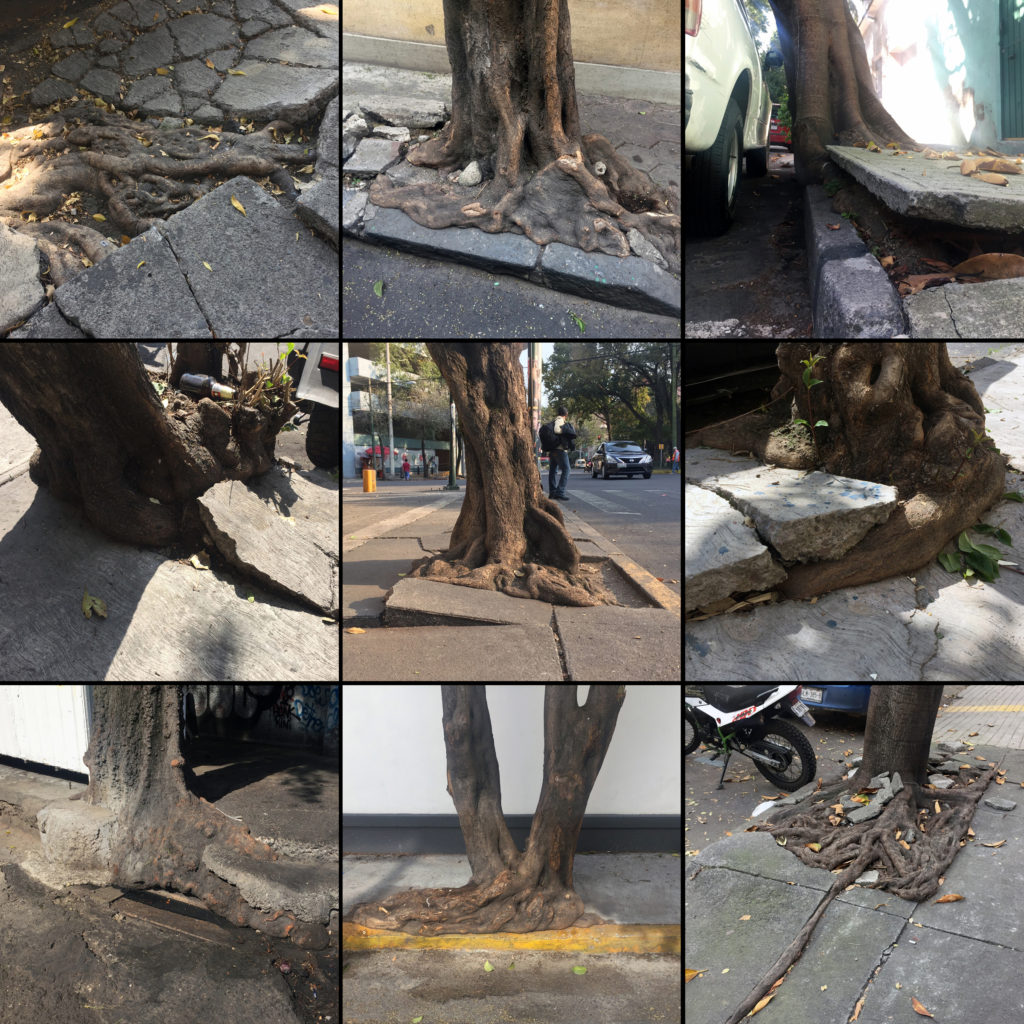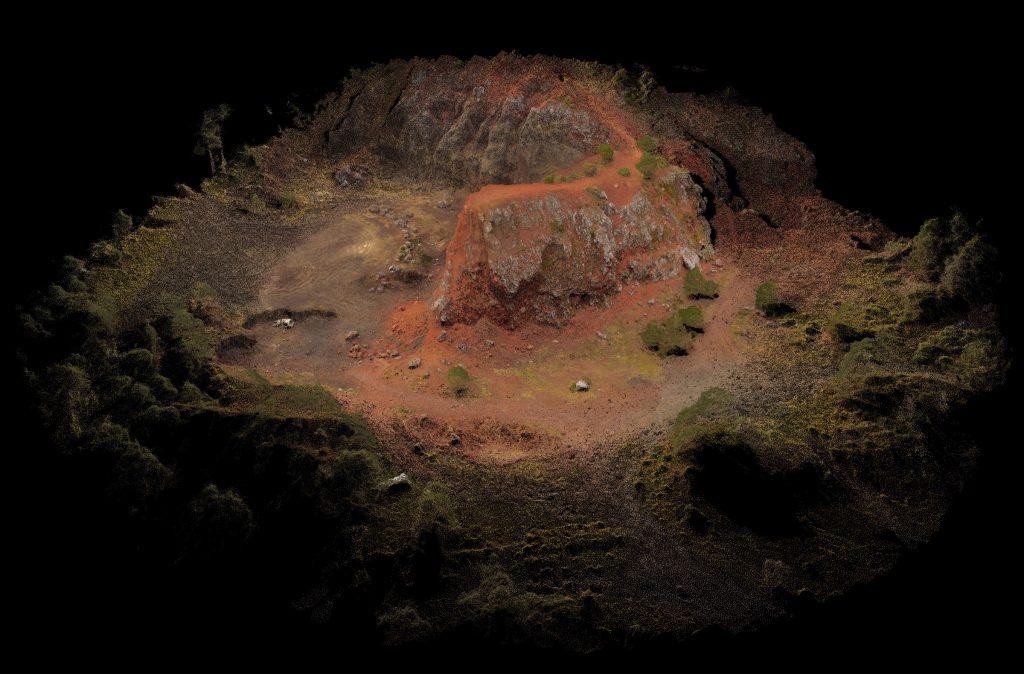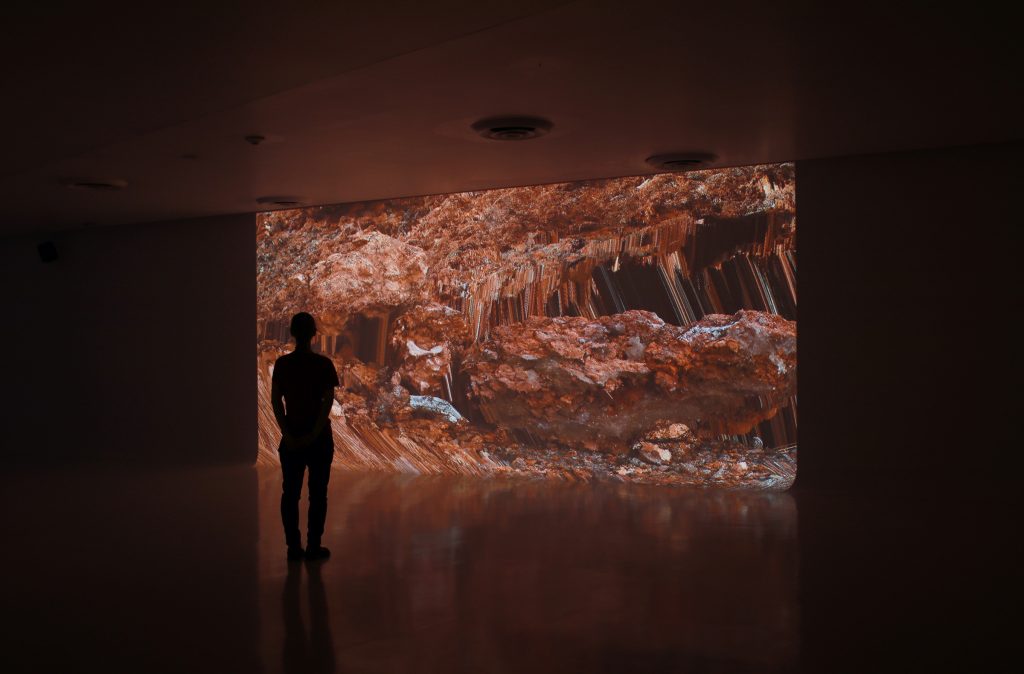Residency in Mexico City for Connecting the Dots in November and December 2019 in collaboration with UNAM’s Instituto de Geografía, SOMA, Centro Cultural de España en México, Centro de Cultura Digital, Fundación Telefónica México, Délégation générale du Québec à Mexico and supported by the Canada Council for the Arts.
Curator and director : Carmen Salas
Producer : Finella Halligan
November 4 to 18 : Residency and activities at SOMA.
December 5 : Connecting the Dots inauguration and screening of works from Defrost to Météores (2001-2018) at Centro Cultural de España en México.
December 6 to 8 : Gravity/Gravedad exhibition at Centro de Cultura Digital.
December 7 : Connecting the Dots conferences and round table at Centro de Cultura Digital.
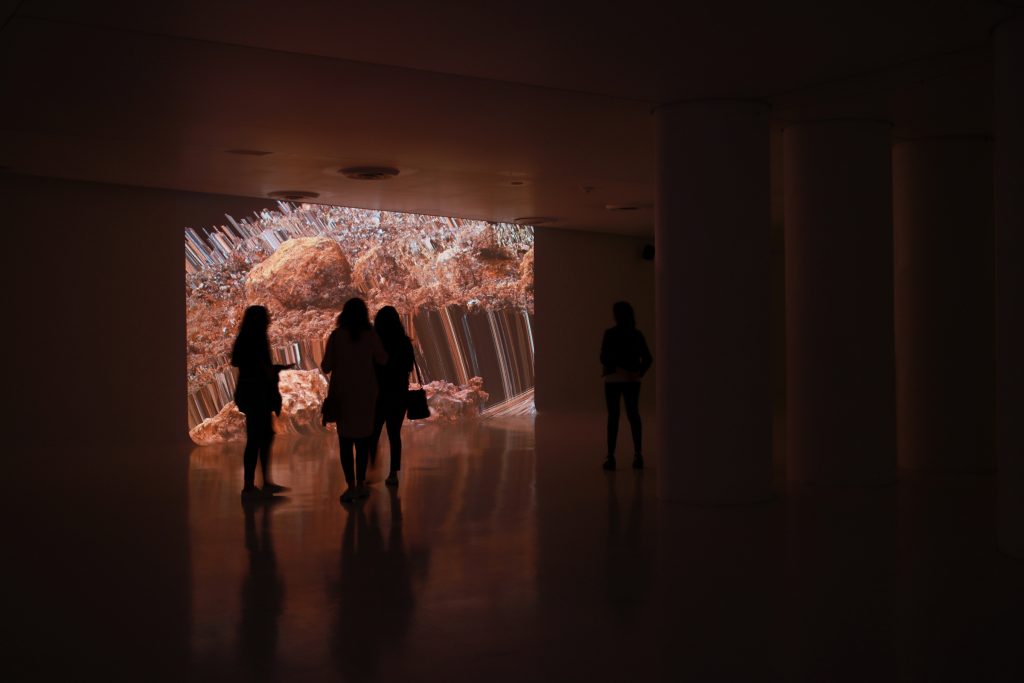
Gravity exhibition text by Carmen Salas, curator and director of Connecting the Dots
Quévillon’s first solo exhibition in México, Gravity, features a series of pieces from his body of work Météores, alongside experiments and research carried out during his first month of residency in Mexico City. The exhibition responds to the artist’s ongoing interest in exploring the phenomena of the world, and the way in which technology affects and redefines human cognition, the environment, and our relationship to time and space.
The Météores pieces on display are the result of work carried out while in residence in two different geographical locations in Canada. Two of the pieces were made in the Tablelands, in Gros Morne National Park (Newfoundland), an area where the Earth’s upper mantle is exposed and known for its complex geology. Shown on a suspended tablet, the first Météores work, Tablelands is Suspension, displays a photogrammetric point cloud of peridotite, an ultramafic rock that is subject to erosion and weathering. The second piece takes the form of a video installation showing a series of 3D scans of the peridotite rocks that are atomised and turned upside-down and inside-out.
Orbiting Bauxite, the third Météores piece was made in Saguenay-Lac-Saint-Jean, a region of northern Quebec considered one of the world’s major poles of the aluminum industry. Taking the form of an installation, the piece shows a bauxite rock, the world’s main source of aluminum, and one of the most abundant metals in our mobile phones. The laws of physics are reinvented in Météores. Each piece simulates its own atmosphere and gravitational dynamics, thus evoking the effects on perception of some technologies. In Météores, the artist reflects upon scientific and philosophical concepts such as “Deep time”, as well as themes related to the materiality of the digital and the relationship between our consumer society, technological obsolescence and the issue of e-waste.
In his continuous quest to understand the territory we inhabit, the artist embarks on an expedition through the volcanic and mining areas near the Xaltepec volcano in Sierra de Santa Catarina, the Tezontle Valley in Ajusco, and the urban areas around Pedregal and Centro de Cultura Digital. This exploration of the natural and urban environment of Mexico City is carried out in collaboration with the Geography Institute of the UNAM and involves the use of GIS data (geographic information system), photogrammetry (a 3D digitization technique based on photography) and a drone for mapping and aerial photography. The results of these explorations are presented in the form of videos. They offer a unique opportunity to understand the way in which the territory and the local context influence the artist’s work. These pieces represent an aesthetic exploration of the territory of Mexico City, but also a vehicle to address issues related to the ecological challenges of the city.
Working with rocks and materials from different geological parts of the world, and with geographic data from urban areas of Mexico City, the exhibition brings a humanistic approach to science. Gravity not only refers to the world of geophysics, but it also seeks to open a space for reflection on the state of the human condition and our climate system in the era of globalization. Driven by the complexity of matter and geological processes, the artist offers a poetic and technological narrative that reveals new perspectives on Earth’s substance but also confronts us with the effects human activity poses on the natural and urban ecosystem.
